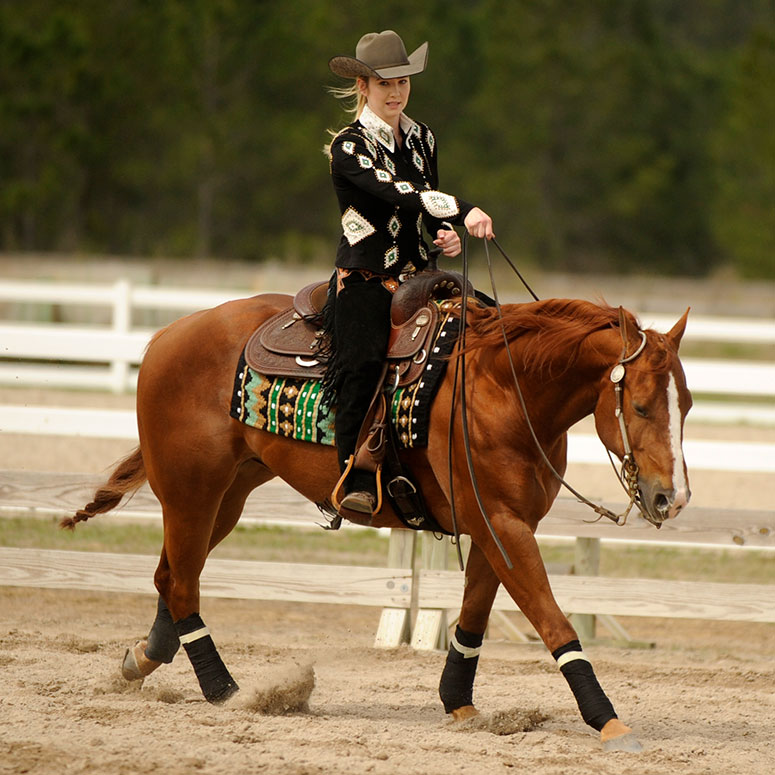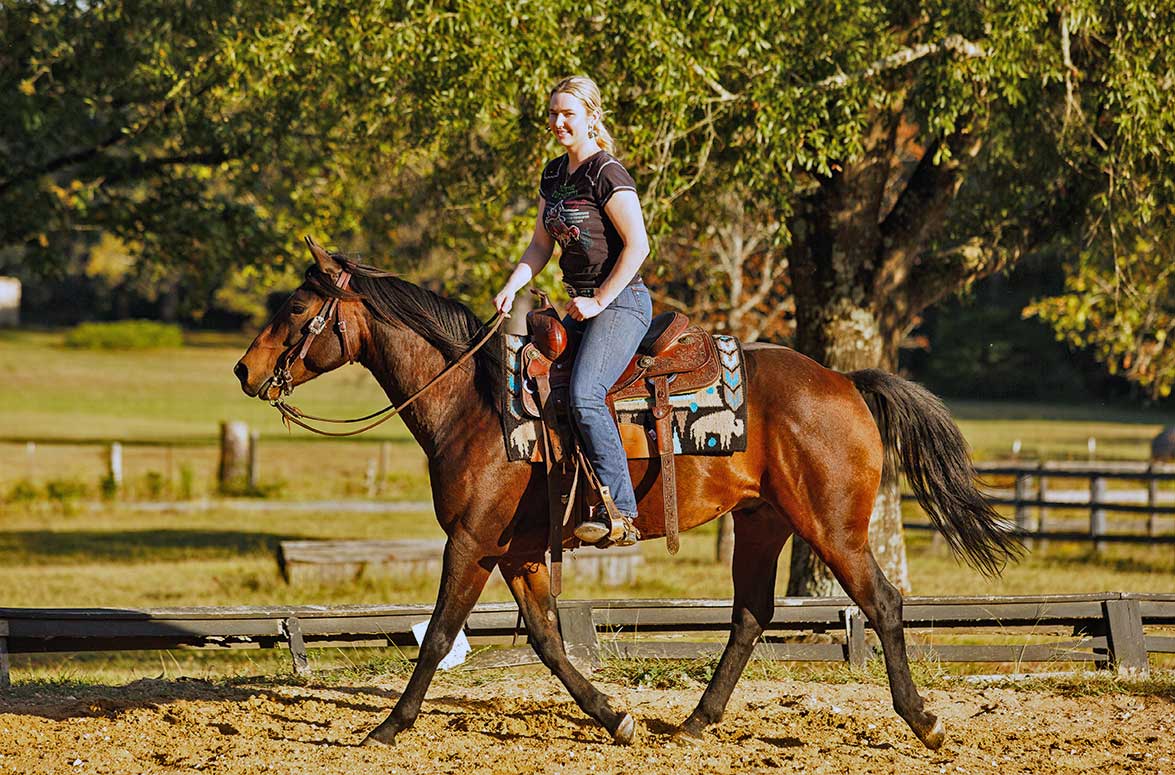On a recent social media post we had a lively debate from some of our followers on whether or not you should post in a western saddle. We promised to put out a more in-depth explanation of why it’s not only acceptable to post in western saddle, it’s a basic horsemanship skill everyone should learn regardless of your discipline.
Reasons People Don't Post In A Western Saddle
Most of the explanations people gave had a basis similar to these:
- You don’t see any cowboys posting.
- My grandfather never posted and he rode everyday.
- You don’t see them posting in old western movies.
- If you can ride good enough you shouldn’t need to post.
- Western saddle are made to be sat in.
Basically, most of them follow the “that’s the way it’s always been done” rationale. We all know just because something’s always been done one way, it doesn’t mean we stop looking for better ways! Contrary to popular belief, something doesn’t have to be actually broken to still find a better way to do it.
The Science Behind Posting
There have been countless studies throughout the years analyzing pressure placed on horses backs and joints. Studies from as early as the 90’s found that many times when horses were initially diagnosed with a limb lameness, when no radiographic explanation or blocking would change it, they determined it was back related soreness from, you guessed it, added pressure on the horses back. Many of these studies focussed on saddle fit and huge advancements went into both saddle and saddle pad design. We continue to see new breakthroughs in design that help make our horses more healthy and comfortable. More recently, researchers have taken a closer look at how the riders movements can have an impact on the amount of pressure on the horse. Specifically, some of analyzed the effects of posting the trot versus not posting.
A collaboration of U.S. and Dutch researchers recently confirmed this belief by using motion analysis cameras and electronic saddle pressure mats to study the effects of riders’ weight. While there is always some degree of pressure on the horse’s back when carrying a rider, forces were significantly lower during posting trot as opposed to sitting. During a lighter seat, or two-point position, forces on the horse’s back were even less. The general message here is that sitting trot creates the most impact and force on the horse’s back, while posting—and lighter seat variations—create much less.
The same researchers also found that the horse’s back extends more when loaded in sitting trot. During posting trot, the back flexes more. These findings validate the long-held belief by many trainers that posting trot is much better for a young horse’s back, in order to allow him to round and flex it.
This science is true regardless of whether you’re riding in a western saddle or an english saddle.
Posting In Shows
 Obviously there are some classes in both english and western where you are going to be required to sit the trot, but there are also classes in both disciplines where you or required or have the option to post. When it’s an option, definitely post, it’s better for your horse.
Obviously there are some classes in both english and western where you are going to be required to sit the trot, but there are also classes in both disciplines where you or required or have the option to post. When it’s an option, definitely post, it’s better for your horse.
Learn to Post Properly for Your Horse
In summary, at Horse Of My Dreams we are always looking to improve not only our industry, but also looking for way that we can improve the lives of these magnificent creatures we are blessed to be able to share our lives with. Whether it’s recreational riding, showing, working on a ranch, we owe to them to continually strive to find ways to make them healthier and happier!

